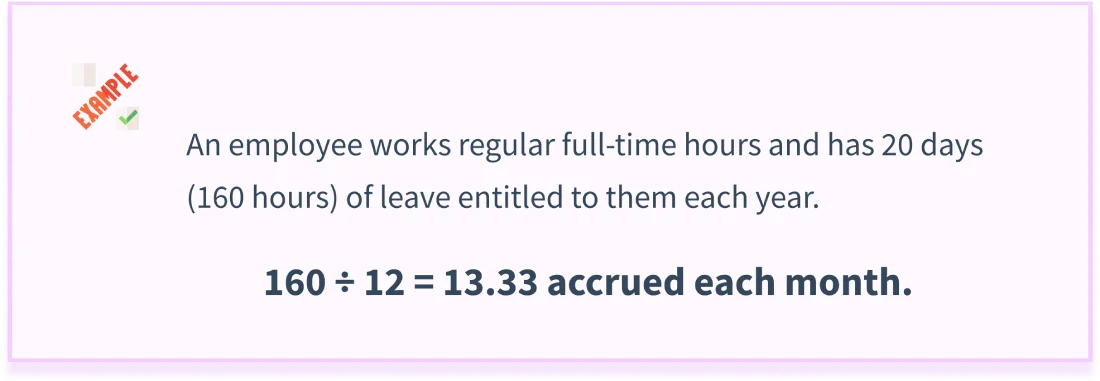Annual Leave: Entitlements, Benefits & Policy Guide for 2025
Annual leave is a basic workplace entitlement that allows employees the opportunity of scheduled, paid time away from work for rest, recovery, and personal issues without loss of earnings. Annual leave – referred to alternatively as paid vacation – is a robust cornerstone of workplace entitlements that employees around the world think of as a benefit, and is also really beneficial for individual health and workplace efficiency.
In mid-2025, organizations promoting annual leave use reported an estimated 20% reduction in employee burnout and a 15%increase in employee engagement overall. However, far too many HR departments are still caught up in complex entitlements, inconsistent accrual, and manual tracking.
This guide provides you with an overview of legal entitlements, calculations, management practices, and examples of real experience, allowing you to establish a clearer annual leave entitlements policy to promote work-life balance with workplace efficiencies.
What is Annual Leave?
Annual Leave is a paid time off you take from your employer for holiday, rest, or personal reasons. Annual leave will accrue for the duration of your employment, usually based on time served, and must be requested in advance to ensure business needs are in place.
For example, for federal employees in the U.S., annual leave accrual will range from 4 hours per pay period (13 days/annum) for the first three years of service, to 6 hours/pay period (20 days/annum) for the fourteenth through fifteenth year of service, and to a maximum of 8 hours/pay period (26 days/annum) beyond fifteen years of service. The scale of leave reflects length of service and positively reinforces tenure and retention.
The main purpose of annual leave is broken into two parts: to foster mental and physical health through non-work disassociation and reduce unscheduled absenteeism. There are studies indicating that employees who fully utilize their annual leave entitlements (with work-life balance) are 28 percent more likely to be highly engaged in their work. Scheduled vacation reduces stress, absence, and health issues in the workplace by as much as 35%, and upon return, weekly productivity levels by as much as 20%. This is why annual leave is an important benefit for work-life balance.
What Are the Legal Entitlements for Annual Leave?
Legal rights are different in each country, and on occasion, different across regions or industries. For instance, the Shops and Establishment Act provides for at least 12 days' leave per annum once an employee has worked in India for 240 days. In the United Kingdom (UK), employers provide employees with at least 28 days' leave, including public holidays. In the United States (US), employers generally dictate it, unless you happen to be a federal employee who is entitled to leave.
By reviewing your organization's leave policies, ensure your organization is aware of national and state legislation, and the civil or criminal consequences if your organization is found in breach of statute.
How to Calculate Annual Leave?
An accurate annual leave calculation is important for both compliance and employee trust.
Calculating Annual Leave Step-By-Step:
There are two common methods of annual leave accrual - the monthly pro-rata method or the accrual per pay period method. Which you will use depends on the frequency of your payroll and your organization’s leave policy.
Month Pro-rata

- (Annual entitlement ÷ 12 months) = hours accrued per month
- Example: An employee works regular full-time hours and has 20 days (160 hours) of leave entitled to them each year. 160 ÷ 12 = 13.33 accrued each month.

Accrual Per-pay-period
- (Annual entitlement ÷ total number pay periods in the year) = hours accrued each pay period
- Example: If your organization’s payroll is biweekly (26 periods), then 160 ÷ 26 = 6.15 accrued every two weeks.
Pro-rata On an Employee's Start Date
- If an employee has started partway through the year, then you still need to calculate the remaining months or period.
- Example: An employee starts on July 1 and is qualified for up to 160 hours of annual leave. 6 months are remaining in the year; therefore, 160 ÷ 12 × 6 = 80 hours accrued for the year.
Carryover and Caps
- Generally, companies and businesses will allow 5 days of rollover. Some jurisdictions require that a full rollover or payout occur instead of a cap.
- Example: An employee accrues 160 hours of leave based on their FTE. That employee used 140 hours of leave and rolled over 20 hours into the next year. Sick or casual leave has a cap of 5 days (40 hours).
It is beneficial for employers to communicate to employees the rate of accrual, rounding policies (e.g., down to the nearest quarter hour), and any blackout periods where employees would not be allowed to take leave during critical projects.
How Do Employers Handle Annual Leave Management?
Most employers use either leave management systems/programs/human resource management software that automatically track annual leave & approval of leave requests. Here are some typical components of leave management:
- Tracking employee balances and leave accrual rates
- Management of employee leave requests
- Integration with payroll, most important when determining employee payout of unused leave
- Creating compliance reports
A good utilization of leave management can create less conflict and have a lot more transparency for employees and HR personnel alike in to leave processes.
What Are the Best Practices to Create an Annual Leave Policy?
- Clearly define the leave entitlement (days, accrual, rollover).
- Provide guidelines for requesting, approving, and recording leave.
- Include a policy regarding unused or encashed leave.
- Companies obey the law and conduct periodic audits.
- Provide clarity to all employees with the leave policy.
- Standardise the approvals process.
- Provide guidelines for taking leave during busy work cycles.
- Use technology systems for consistency, ease of access.
- Encourage managers to endorse leave as a culture.

